

So you’ve been persuaded to try Diablo 3 (maybe you read about the basics). You’ve loaded into the game, and now you’re faced with the question of what game mode to play. There are many modes of play in Diablo 3 and some of the modes refer to what content you’re playing rather than what difficulty.
While Paragon levels are not strictly a game mode, it’s worth mentioning what they are. When you hit maximum level in WoW, you stop gaining experience and you continue progressing in your gear’s item level by performing in various tiers of content. In Diablo 3, you never stop gaining experience and you never stop playing the base game; you instead start building endless Paragon levels at level cap. Each Paragon level grants you a Paragon point in a specific category of 4 stats, and you can distribute these points to fit your needs. I’ll spend a post later for more details on how Paragon points can help you out.
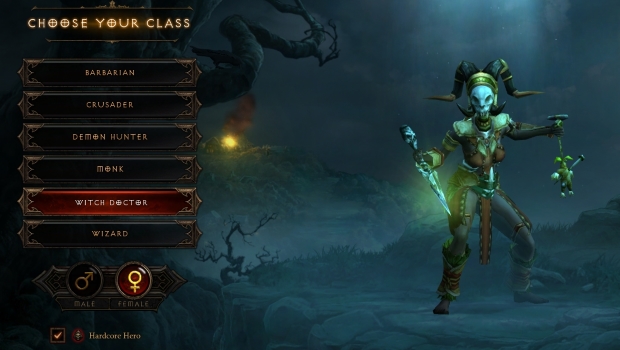
We’ve already written on what Hardcore means: it’s a mode of gameplay where your character literally lives only once. “Softcore” (SC) was termed to be opposite of Hardcore (HC); Softcore is where your Diablo 3 character lives and dies very much like your WoW character does — infinite resurrections. Subsequent ressurrections used in a short amount of time in Diablo 3 are placed on an increasing timer to avoid leapfrogging your dead body through an area.
There are plenty of comments for and against playing Hardcore. Generally, those who play Hardcore play for the thrill of almost dying many times due to insane elite monster combinations. Those who play Softcore may not have much experience with the game or they may just not want to throw away all their progress to a cold-hearted latency spike.
Each ‘core shares the stash (what WoW players might call a bank) and Paragon levels. The current Season is also separate from the regular ‘cores when the Season is open; when the Season ends, it blends in with the respective ‘cores. Paragon points aren’t additive by points but by experience points gained, so even partial Paragon levels contribute.
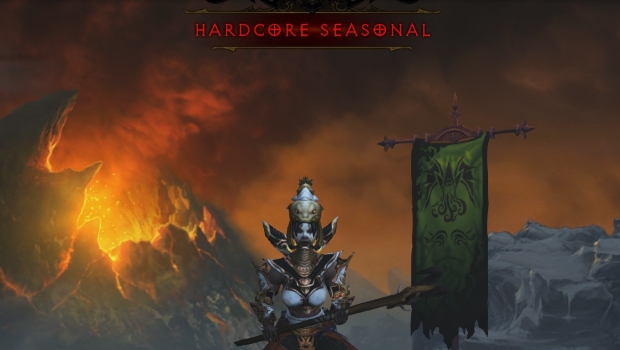
For example, here’s how all my Witch Doctors would share stashes and Paragon points. The dead Hardcores are in parentheses, but share Paragon points nonetheless when I look them up in my Hall of Fallen Heroes archive. Vuli, for example, died at 64, so had no reason to accumulate Paragon points on her own.
I soon realized that I hardly played Kiangazi outside of her Season debut; I focus all my farming on Poneria. I also realized that the character slot for Seasonals doesn’t go away after a Season ends — unless, of course, you delete or kill off the character slot. Since deleted characters don’t show up anywhere, but dead Hardcores can be archived in the Hall of Fallen Heroes, I decided to play exclusively Hardcore on Seasons and just kill them off after blending stashes to save my progress.
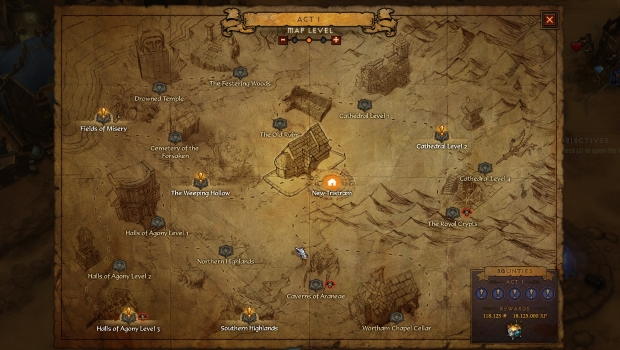
The next set of “modes” you might see are Adventure Mode, and by contrast, the regular campaign or story line of Diablo 3. You must complete the campaign mode at least once to unlock Adventure Mode for your entire account. That is, your very first character is the only one that must play campaign first; even brand new Seasonal characters can play Adventure Mode first after that.
Campaign is just that — the storyline told through a progression of quests. The game is split into five Acts, with Reaper of Souls featuring Act V. Acts are often written out with Roman numerals, but some guides may abbreviate them to Arabic numerals; e.g., Act V is sometimes called A5. Each Act has its own map of Waypoints and set of end bosses to defeat.
Adventure Mode is endgame-like with repetitive but randomized content. In Adventure Mode, you’ll find Bounties and Nephalem Rifts (commonly called just Rifts).
Each Act has five Bounties for you to complete to earn a Horadric Cache, which will drop crafting materials, Rift Keystones Fragments (needed to enter Rifts), and items, sometimes legendaries. Every day, two random Acts will be marked with a Bounty Bonus; if you complete these Acts, then you earn double Blood Shards, which are a currency to spend with the merchant Kadala on random loot for a specific gear slot. Bounties are a favorite for earning experience as well as for farming some very important starter legendaries. Ring of Royal Grandeur is perhaps the best known Bounty legendary drop — you get it primarily from the Act I Horadric Caches.

Nephalem Rifts are where you race against the clock to kill as many monsters as possible, and a type of Rift called a Greater Rift (GR) forms the backbone of the leaderboards in Diablo 3 competitive play. In a regular Rift, there is no time limit, but if you complete the Rift quickly, you have a chance for a Keystone of Trials to drop, which helps you open a Greater Rift. You enter a Realm of Trials briefly to gauge* what level Greater Rift you might be suited for, and then you get the keystone for your Greater Rift.
Greater Rifts — commonly called GR# or “grift #” — are Rifts to complete in 15 minutes or less in order to upgrade your keystone to the next GR level. If you don’t finish in time, you’re left to upgrade any legendary gems you’ve acquired. Greater Rifts have their own difficulty mode outside of the Normal-Torment game modes; higher number GRs are harder. Currently, the highest leaderboard Greater Rift numbers for solo players in the Americas region are usually in GR 40s or 50s (depending on class), low 60s for 2 players, mid to high 60s for 3 players, and reaching 70 for 4 players.
*On a Westmarch Workshop podcast, Senior Technical Designer Wyatt Cheng mentioned how Greater Rift Trials may be removed in a future patch, since the general consensus is that no one likes them and they aren’t very accurate of actual Greater Rift completion. However, nothing official has been said about the future of Realm of Trials.
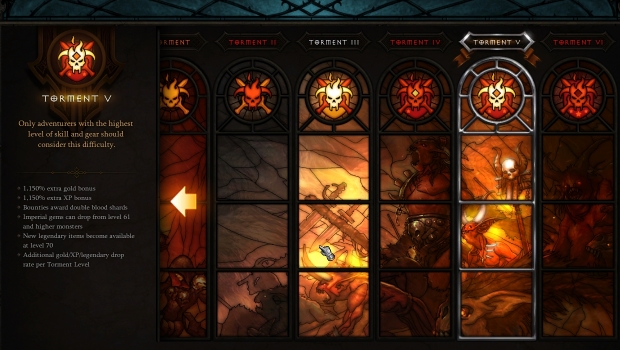
Most of the game slides on a dynamic difficulty mode of several levels. Each level increases many aspects of the game, including monster health, experience and gold earned, or chance of legendary and crafting material drops. In-game, the difficulty mural chooser explains some of the various increasing rewards found in each difficulty, but you can also use charts collected by players to find specific attributes.
The lowest difficulty is Normal. After that, life gets harder in Hard, Expert, and Master. After Master is a set of Torment levels — Torment I, II, III, IV, V, and VI. The Torment levels are sometimes abbreviated in guides much like the Acts are — that is, Torment IV can also be called T4. Although you can level on any difficulty including Torment, Torment is typically regarded as the set of endgame difficulties, which better explains why there’s 6 versions of it.
The “best” difficulty to level on has historically been Hard difficulty, due to the effort efficiency between monster health increase versus experience gained increase. But you can further increase the experience you gain by using specific legendaries, gems, and experience-related stats on gear, so leveling or farming efficiency tends to depend more on the strength of your gear to both survive and damage mob packs and the overall mob density of whatever area you are in.
Popular guidemaker Rhykker’s rule of thumb for determining the best difficulty for you is based on the Cursed Shrine or Cursed Chest event. If you can kill all 5 waves on a Cursed Shrine or at least 100 monsters on a Cursed Chest just in time to earn the bonus chest, you’re on the correct difficulty for your gearset. If you fail the waves, dial the difficulty down; if you speed through the waves easily, you can dial the difficulty up.
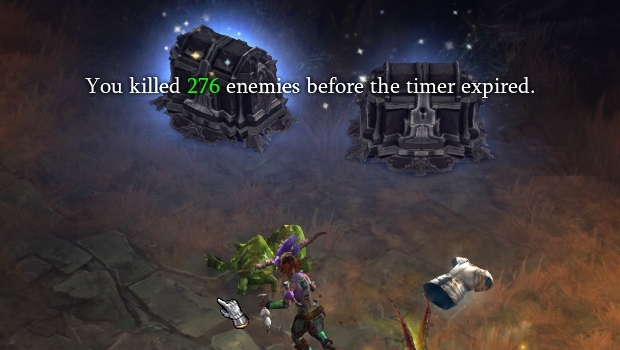
Maybe this chest was just a little TOO easy for me.
I’ve found that I can do one Torment higher in Bounties than I can in Nephalem Rifts, so I can often gauge when I can move up in Torment by how easily the Bounties are being demolished. For leveling through a Season, I like to play through campaign just once on Master for content diversity, and then I’ll finish up with Bounties, since Bounties award a decent chunk of experience.
What are your rules of thumb when it comes to leveling, farming legendaries, or just generally enjoying the game?
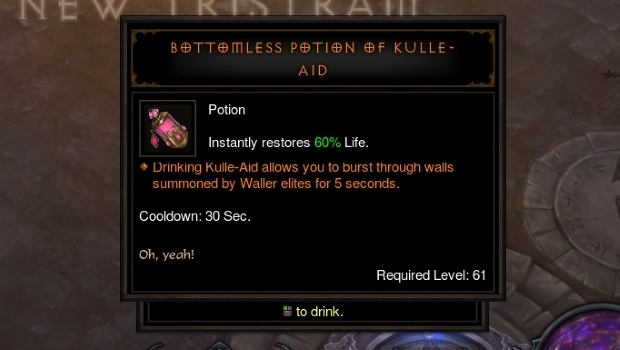
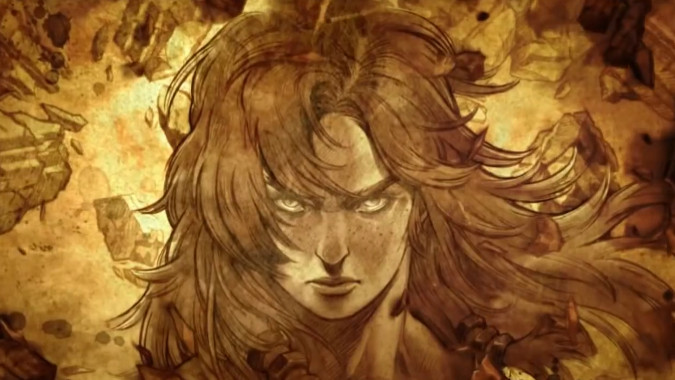
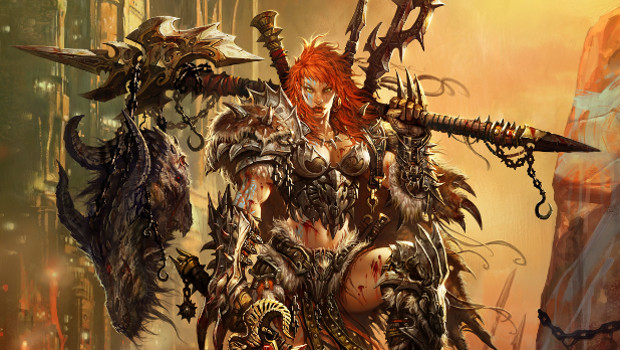
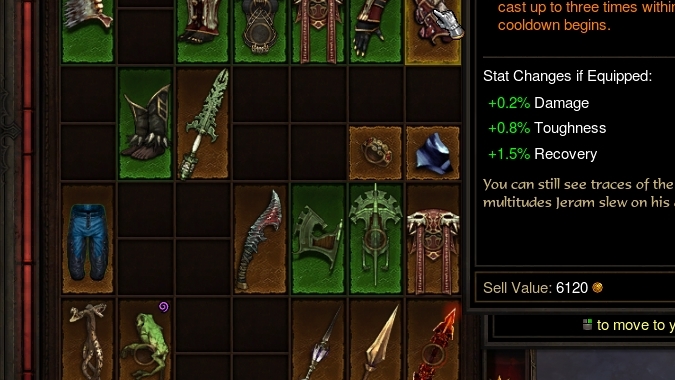
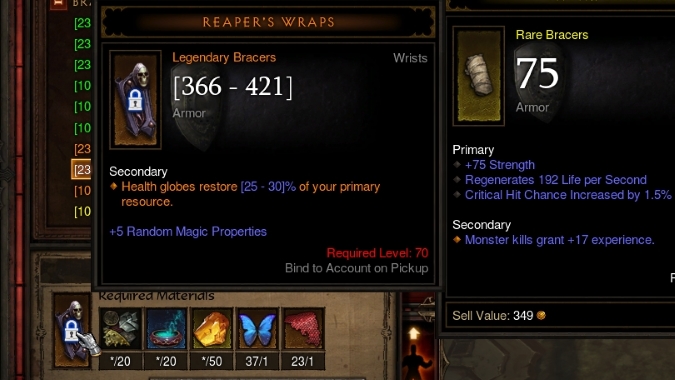 Support legendaries and sets in Diablo 3
Support legendaries and sets in Diablo 3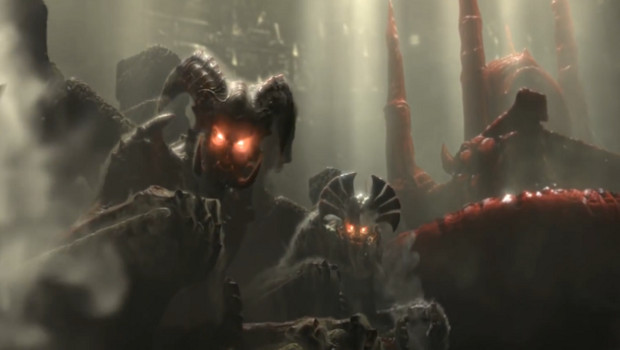 Know Your Lore: The Burning Hells
Know Your Lore: The Burning Hells Know Your Lore: Speculation and the future of Diablo 3
Know Your Lore: Speculation and the future of Diablo 3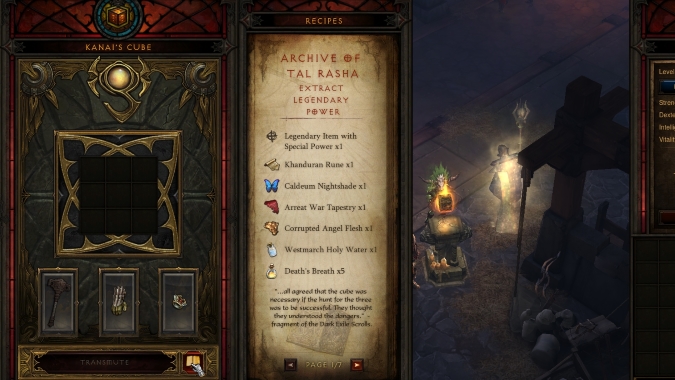 Overview of Kanai's Cube in Diablo 3
Overview of Kanai's Cube in Diablo 3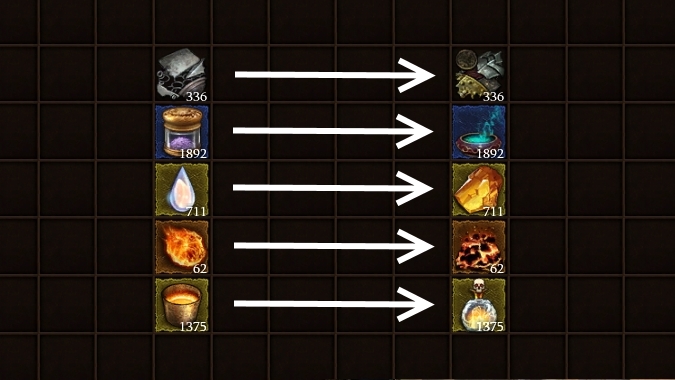 Crafting materials for Diablo 3's patch 2.3.0
Crafting materials for Diablo 3's patch 2.3.0